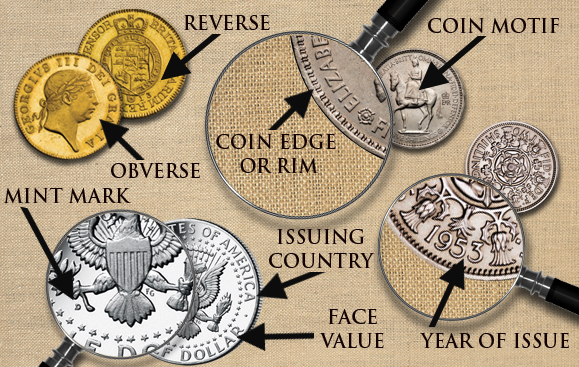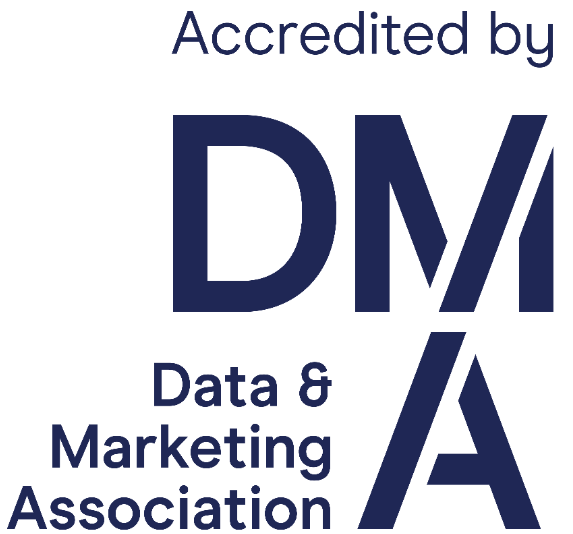How well do you know your coin anatomy? Want to know more? Take a look below at this insightful blog written by our very own Numismatic Consultant Dominic Chorney.
Across the world, coins all share the same features. They may not all be round, like the British 20p, 50p and the £1 coin, but they bear similar characteristics, and have done since the beginnings of coinage, over 2500 years ago!
Here are some useful numismatic terms to help you understand some more about coins.
Obverse:
The obverse of a coin almost always features a portrait – often of the head of state, such as King Charles III, or in the case of American coinage, the portraits of famous presidents grace the coinage. In Roman times, the Emperor appeared on the coins, which circulated across 3000 miles of Empire, for all to see.
Reverse:
The motif, or design of a coin usually appears on the reverse. In the Ancient World, a motif may have been a god, goddess, building, historical site, plant, animal or anything which paid homage to the civilization who struck the coin. Coins from Athens, struck in the 5th-4thcenturies BC, featured the city’s patron animal – the owl. Modern American coins have featured the American Eagle as their primary motif.
Mint Mark:
Mint marks have existed since some of the earliest coins were struck, and occur across coinages ancient, medieval and modern. One type of coin may have been struck at a number of different mints. The Gold Sovereign, for example, was struck in mints across the world as far afield as Australia. Originally marks were a means of holding mint officials to account if coins were found to be underweight or of poor quality, but were also used to track different issues of coins through time. Officina Marks, or mint-workshop marks, were introduced by the Romans and featured an abbreviated form of the place they were minted.
Issuing Authority:
The issuing authority determines who the coin was struck by and where it is intended to circulate. In the present day, every coin features, in writing, the issuing authority of a coin. In Roman times, the Emperor was responsible for the issuing of silver and gold coins, while the Roman Senate controlled the bronze. This was shown by the large letters ‘SC’, abbreviating ‘Senatus Consulto’, Latin for ‘By Decree of the Senate’.
Face Value:
The face value determines the buying power of a coin. At the end of the day, that’s what coins were made for! But face value is also conveyed in ways you might not realize. The different sizes of coins can also determine the face value, rather than simply a value mark on the coin. The shape of coins, for example the hexagonal 50p and 20p in Britain, assist the blind or illiterate in distinguishing between different denominations. Colour and metal are another means of telling different denominations apart.
Year:
Coins have featured year dates since the early years BC. Since different cultures used different calendars, dates vary according to the issuing authority. For example, coins struck during the Roman period were often dated with the number of years since the emperor was coronated. In the present day, coins are dated according to the Gregorian calendar.
For a full break down of the anatomy of a coin just take a look below:





